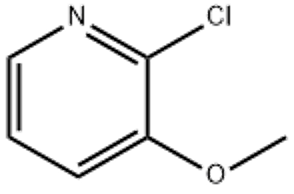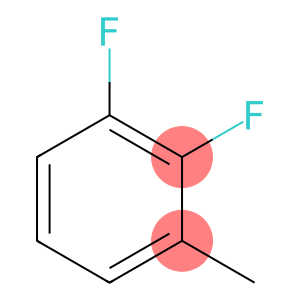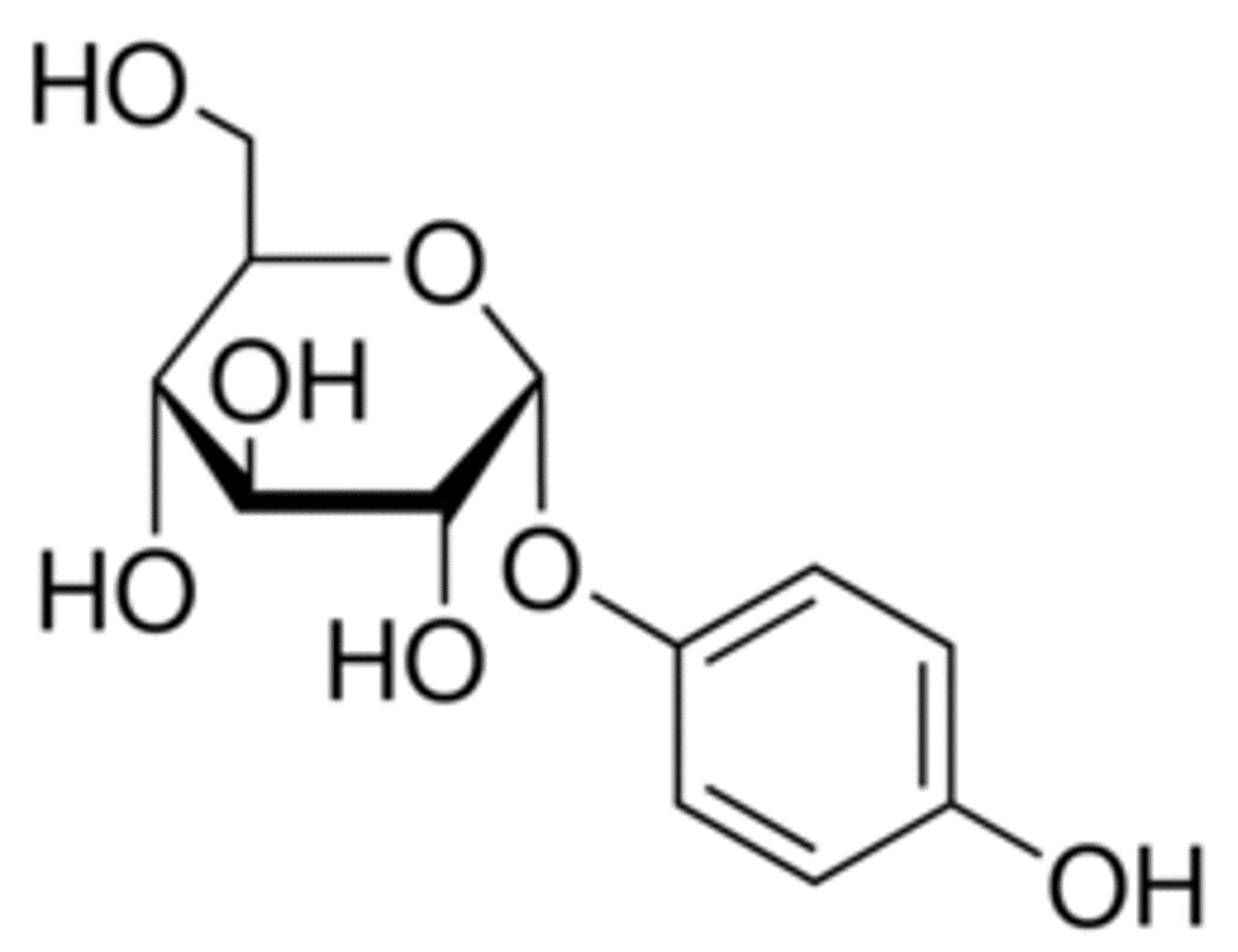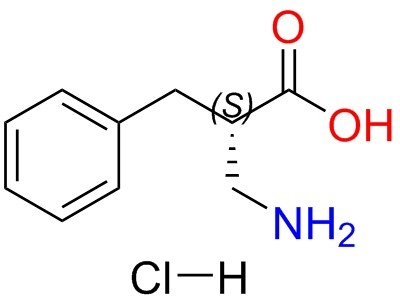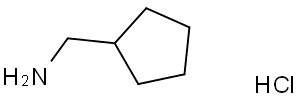2-Chloro-3-methoxypyridine(CAS# 52605-96-6)
| Hazard Symbols | Xn – Harmful |
| Risk Codes | R36/37/38 – Irritating to eyes, respiratory system and skin. R22 – Harmful if swallowed |
| Safety Description | S26 – In case of contact with eyes, rinse immediately with plenty of water and seek medical advice. S36/37/39 – Wear suitable protective clothing, gloves and eye/face protection. S37 – Wear suitable gloves. |
| HS Code | 29333990 |
Introduction
2-Chloro-3-methoxypyridine(2-Chloro-3-methoxypyridine) is an organic compound with the chemical formula C6H6ClNO. It is a colorless liquid with a pungent odor. The following is a description of its nature, use, preparation and safety information:
Nature:
-Appearance: colorless liquid
-Molecular weight: 159.57g/mol
-Melting Point: Unknown
-Boiling point: 203-205 ℃
-Density: 1.233g/cm3
-Solubility: Soluble in ethanol, ether and chlorinated hydrocarbons
Use:
- 2-Chloro-3-methoxypyridine is commonly used as an intermediate in organic synthesis reactions.
-In the field of medicine, it can be used to synthesize pharmaceutical intermediates and active drugs.
Preparation Method:
The preparation method of 2-Chloro-3-methoxypyridine is mainly obtained by the protonation and chlorination reaction of pyridine. Specific synthetic pathways can be:
1. reacting pyridine with hydrogen chloride to obtain chloropyridine;
2. methanol and sodium hydroxide are added to the chloropyridine solution to generate a product, which is purified to obtain 2-Chloro-3-methoxypyridine.
Safety Information:
- 2-Chloro-3-methoxypyridine is an organic compound and is irritating. Direct contact with skin and eyes should be avoided.
-During handling or storage, appropriate protective measures should be taken and personal protective equipment such as gloves and goggles should be worn.
-Avoid inhaling its vapor or solution during use and keep it well ventilated.
-Avoid contact with strong oxidants, strong acids and other substances to prevent dangerous reactions.
-After use or disposal, the remaining chemicals should be disposed of safely and in compliance with relevant environmental safety regulations.


